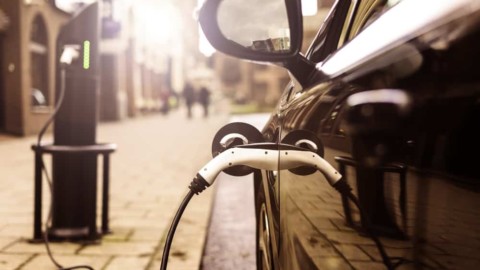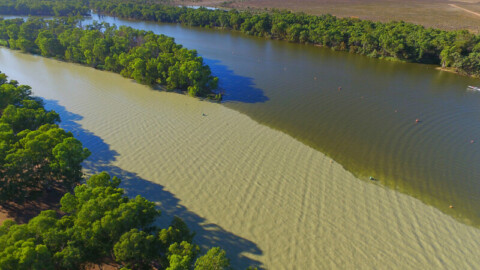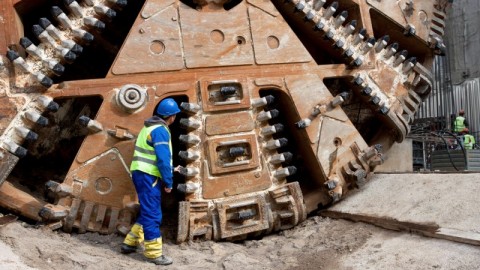Infrastructure Partnerships Australia has harnessed anonymised travel time data from Uber to analyse road performance trends over 2019, determining the best and worst road corridors in the country.
The organisation’s Australian Travel Time Metric 2020 Edition uses city-wide data available from the Uber Movement platform until the final quarter of 2019, enabling analysis up until the COVID-19 crisis hit Australian cities.
As the impacts of COVID-19 took hold, transport networks became all but deserted – with travel demand in Australian cities down by up to 80 per cent.
However, before this time, Infrastructure Partnerships Australia was able to undertake analysis of the travel time performance of the nation’s largest cities – Sydney, Melbourne, Brisbane and Perth.
The data shows that:
- Sydneysiders from the outer metropolitan ring spent the most time – over 19 minutes on average – stuck in traffic on their daily commutes (both morning and evening)
- Commuters travelling from Melbourne’s outer metro to the CBD spend 79 hours stuck in traffic annually, the worst in the country
- Brisbane’s commuters from outer metropolitan ring spent nearly eleven minutes stuck in traffic on a daily basis, totalling to 45 hours each year
- In absolute terms, Perth has the shortest travel times across all four cities, with the city recording the fastest overall morning commute at under 13 minutes
The report found that ambitious levels of investment in infrastructure and real-time travel information have meant that congestion in Australia’s four largest cities has plateaued.
This is despite populations and demand for the roads in these cities growing substantially over this time.
Describing the pandemic as having hit a “reset button”, the report urges governments to seize the opportunity to reshape travel demand and lock in the positive changes from this pandemic.
It also calls for more work to be done on improving the quality and depth of real time data for users, integration of transport pricing across modes, and spreading peak demand.
Sydney key statistics (2015 – 2019)
- Sydneysiders from the outer metropolitan ring spent the most time – over 19 minutes on average – stuck in traffic on their daily commutes (both morning and evening)
- In 2019, commuters from Sydney’s outer metro spent 48 per cent of their trip stuck in CBD traffic
- Travel time from the Airport to Sydney’s CBD was 87 per cent longer in the morning peak – the largest increase for any city’s airport corridor
- Sydney’s off-peak travel times improved by nearly 16 per cent
Melbourne key statistics (2015-2019)
- Melbourne saw the peak delay increase by 12 per cent, however the morning off peak improved by nine per cent
- Peak travel time reliability has worsened by 22 per cent for Melbourne
- Commuters travelling from Melbourne’s outer metro to the CBD spend 79 hours stuck in traffic annually
Brisbane key statistics (2015 – 2019)
- Brisbane’s commuters from the outer metropolitan ring spent nearly 11 minutes stuck in traffic on a daily basis, totaling to 45 hours each year
- Brisbane CBD’s morning peak traffic slightly worsened during the four years – both the overall travel times in and out of the city, as well as the share of traffic delay increased since 2015
- Brisbane commuters travelling between the outer metro and the CBD experienced the lowest share of peak delays, compared to other major cities
- Despite being the second longest in distance, the evening peak trip from Brisbane’s CBD to the airport was the quickest and least delayed for any city during a peak period – the trip was under 21 minutes with just a six per cent delay
Perth key statistics (2015 – 2019)
- Over the four years leading up to 2020, the delay in travelling from Perth’s CBD to Airport decreased by 42 per cent – the biggest drop for any airport corridor
- In 2019, road users from the outer metropolitan ring spent close to ten minutes of their daily commute stuck in traffic, the lowest of all the major cities
- In absolute terms, Perth has the shortest travel times across all four cities, with the city recording the fastest overall morning commute at under 13 minutes
- While Perth’s congestion remains the lowest compared to other cities, peak travel times have spiked by ten per cent during the last year
Calls for renewed road investment and reform
Infrastructure Partnerships Australia Chief Executive, Adrian Dwyer, said the insights of Uber’s data show that before COVID-19 hit, ambitious levels of investment in infrastructure and real-time travel information were starting to bear fruit.
“We should build on the hard-won investments of recent years and implement a range of long-overdue reforms,” Mr Dwyer said.
“More work needs to be done on improving the quality and depth of real time data for users, integration of transport pricing across modes, and spreading peak demand.
“More broadly, governments should consider implementing a fairer and more sustainable way of paying for road use.
“Unless we act on these reforms, our daily commute won’t get any better.”
General Manager of Uber Australia and New Zealand, Dom Taylor, said he believed Uber’s data, when aggregated and anonymised, could help urban planners and transport officials make smarter decisions for the future of our cities.
“That’s why we’re glad to once again partner with Infrastructure Partnerships Australia to deliver this report,” Mr Taylor said.
“While we are seeing early positive signs that many cities are reopening post-COVID, the fact that private car use is rising much faster than public transport is concerning. The private car was already the most popular mode to get to work before COVID-19, making up seven in ten trips.
“At Uber, we see our main competitor as private car ownership. For our cities to move well in the future, Australians need to reduce our over-reliance on private vehicles – with more people opting for shared transport.
“We want to work with cities to ensure we have the infrastructure and policies in place to tackle congestion. These include continuing to invest in public transport and road infrastructure, promoting shared modes and technology, and managing network demand to alleviate congestion.
“We hope that this report and sharing our data in a responsible way will help support the business cases for some of these crucial reforms.”
View the 2020 Australian Travel Time Metric here and the Uber Movement tool here.




















This is interesting, but I’d love to know the sample sizes during peak commute times. I wouldn’t have thought that was a busy time for Uber, in comparison to other transport providers, outside of the COVID19 pandemic which is not covered in this survey.
In fact, that would be the more valuable data, because, not only have patterns changed, they are likely to be different in the ‘new normal’. For at least some time, I would expect traffic to be worse as people have to get over their temporary distrust of public transport.
I think I’d put more trust right now into data from companies like HERE, TomTom and the data collected by councils.